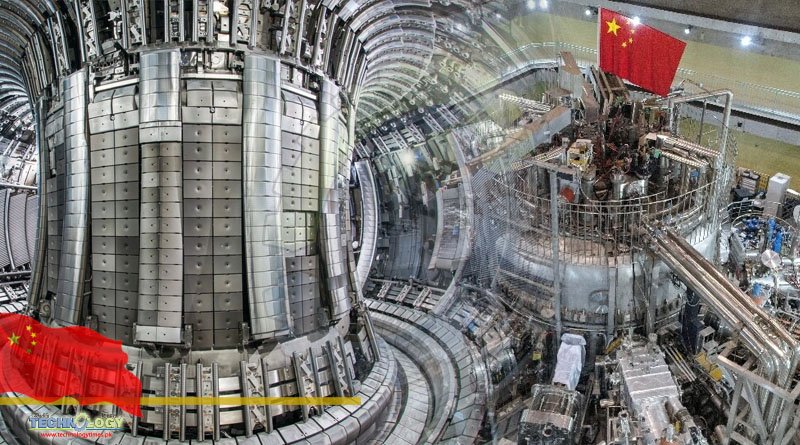Fusion energy is one step closer thanks to developments in China, according to Chinese state media Artist’s impression of the ITER reactor.

According to the South China Morning Post (SCMP), China has taken a big step toward making a significant contribution to a vast international project that aims to make energy through fusion. If successful, this project could, one day, be an endless energy source. Fusion energy is one step closer thanks to developments in China, according to Chinese state media Artist’s impression of the ITER reactor.
According to the SCMP, Chinese scientists have successfully built and tested the first panel of the so-called ultra-heat-resistant part for the International Thermonuclear Experimental Reactor (ITER), the world’s largest fusion reactor.
ITER’s developer, the Southwestern Institute of Physics, said on Tuesday that the components, which must withstand scorching gas, known as plasma, up to 270 million Fahrenheit (150 million degrees Celsius), inside ITER’s TOKAMAK doughnut-shaped chamber, “exceeded design performance and are ready for mass production.”
The result has been praised as “a substantial breakthrough after thousands of experiments and 18 years of hard work” and another example of China “fulfilling its commitments to ITER,” Chen Jiming, the institute’s top scientist, told the SCMP.
54 of the 440 panels required for the reactor are being made by China, one of the seven participants in the ITER project. Together, they will make up the so-called “first wall” of ITER, a vital component created to shield the reactor’s interior by soaking up most of the radiation and heat from the plasma.
The panels, made of layers of beryllium, copper alloy, and stainless steel, measuring 3.2 x 4.9 feet (1 by 1.5 meters), must endure a heat load of 4.7 megawatts per square meter.
“By comparison, the solar radiation hitting Earth is about 0.001 megawatts per square meter. That is the heat we feel on our body while standing under the sun at the equator in summer at mid-day,” explained ITER director-general Pietro Barabaschi.
He stated that it would take “an extraordinary engineering effort to develop acceptable solutions” to remove a heat load 4,700 times more than that quantity of solar radiation.”
The panels must deal with extraordinary temperatures
Additionally, the panels must be built to withstand 30,000 plasma pulses throughout ITER’s 20-year lifespan.
Barabaschi pointed out that even though plasma can reach temperatures of more than 100 million degrees Celsius, the first wall’s surface will not get much hotter than a few hundred degrees because the plasma is contained within a strong magnetic field and won’t directly touch it.
He said all of them necessitates the development of cutting-edge technologies, noting that China has effectively and promptly completed a multi-year development and qualification program.
ITER
According to Chen, combining the panel’s many layers—particularly those made of beryllium and copper alloy—was the most challenging step in the development process. “If the joint does not work properly, materials can easily melt and fall into the plasma,” Chen explained.
“We failed so many times. Eventually, we [devised] an innovative approach to laser welding and solved the problem,” Chen said.
The neutrons generated by the fusion events are likewise stopped or slowed down by the reactor’s first wall, which regulates the flow of those particles inside the chamber.
“The panels from China are critically important since they are the ones dedicated to [forming] the limiting surface for defining the plasma boundary,” said Barabaschi.
The first wall panels of reactors are reportedly being developed by China, the European Union, and Russia. About half of the panels, or 215, are being made by the EU and must endure a heat load of 2 megawatts per square meter. Last year, a full-scale prototype was completed, tested, and is waiting for production approval.
The ITER reactor, situated in southern France, is also being built with assistance from India, Japan, Korea, and the United States. The ITER reactor, which was initially envisioned in 1978, is anticipated to begin creating plasma in 2025 and will eventually comprise roughly a million components.
Originally published at Interesting Engineering
